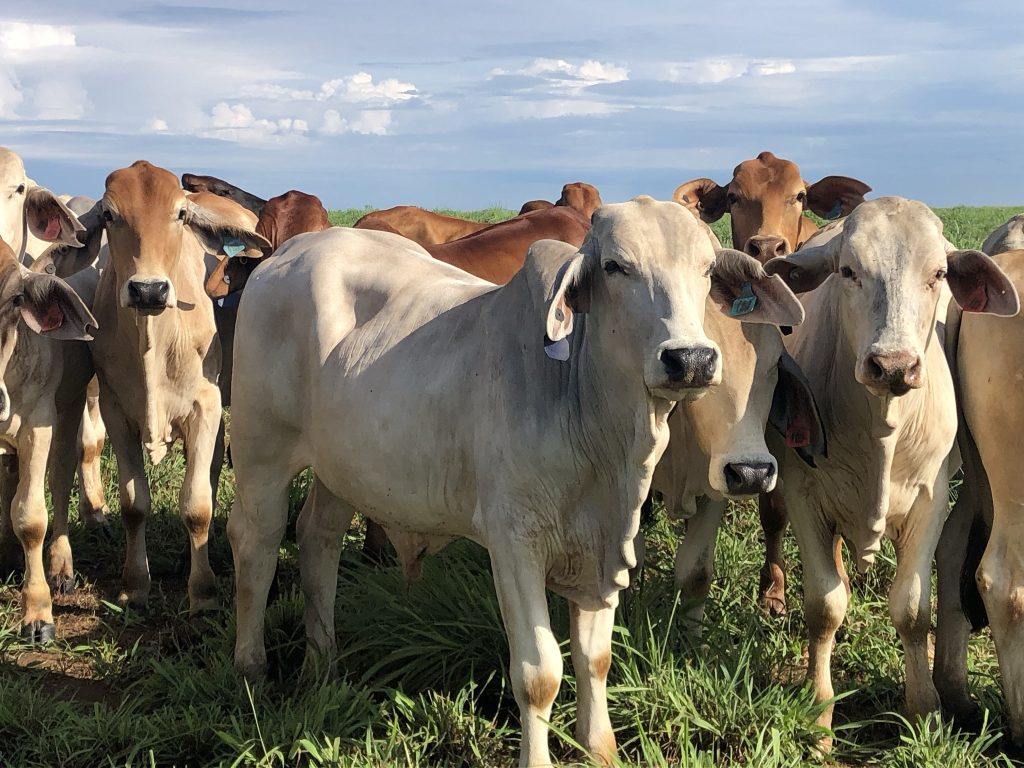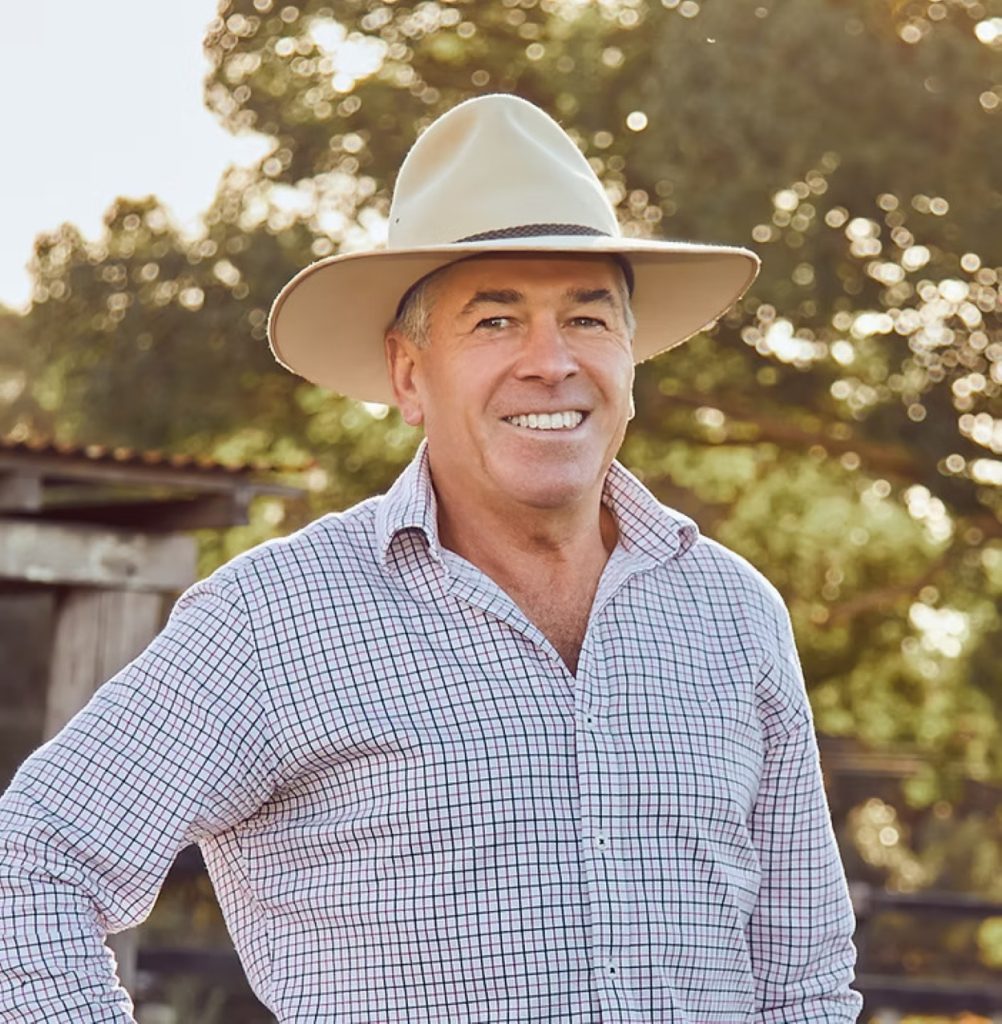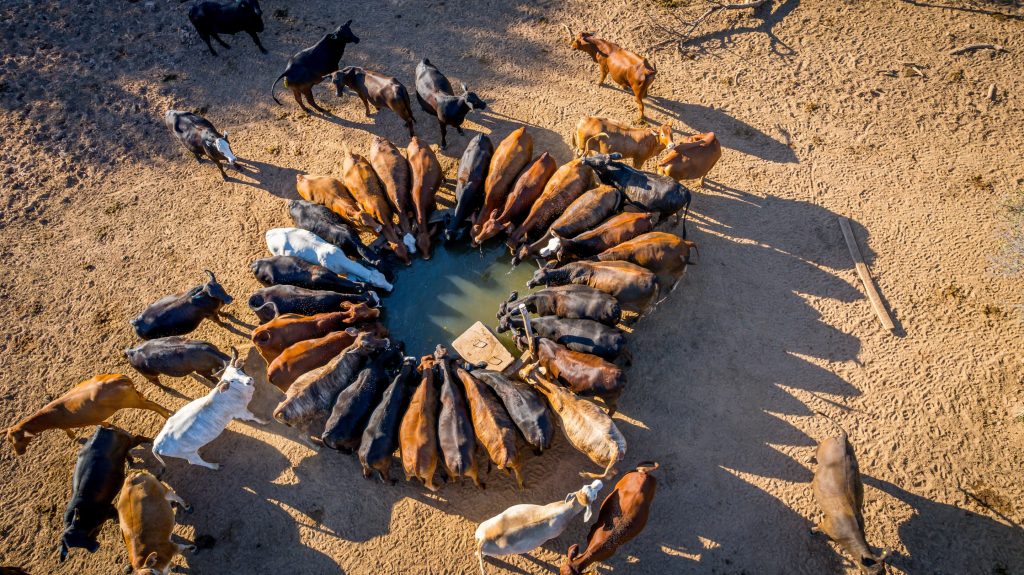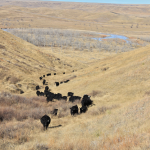Aussie red meat sector abandons ‘unachievable’ 2030 carbon neutral target

Australia4-RFP-072825
Australia’s red meat industry has held its hands up and walked away from the ambitious Carbon Neutral 2030 target vowing it unachievable in the timeframe.
Meat & Livestock Australia first committed to the target in 2017 with the goal of reaching net zero greenhouse gas emissions by 2030 from beef, lamb and goat production in Australia.
To help achieve the targets the Red Meat Advisory Council introduced the Red Meat 2030 plan in 2019, but after a recent review the council says it isn’t going to work.
With less than five years to achieve the target, and despite making progress, the industry remains about 90 percent short of reaching its carbon neutral goal.
REDUCING METHANE EMISSIONS
Australia has already been working hard to cut its emissions using a number of tools to achieve respectable results. These included breeding animals that genetically produce lower emissions, using feed additives such as seaweed that reduce methane production and boosting the carbon storage in its agricultural fields.
Emissions from the red meat sector fell by 78% between 2005 and 2021, according to Australia’s national science agency CSIRO.
However, the biggest chunk of that reduction was generated by less land clearing and a smaller national herd, rather than innovations that directly reduce methane emissions per head of livestock.
The RMAC has reacted to the results of its freshly reviewed and released plan, following a six-month industry consultation.
According to RMAC independent chair John McKillop, the plan was updated in line with ‘the changing operating environment and industry’s needs and objectives for the next five years.

Mr McKillop said, “Since Red Meat 2030 was launched, the red meat sector has achieved record breaking success. In 2024 alone, Australia set a record for the export of red meat and livestock.
“Australia exported product worth over $20 billion in 2024 and was the world’s second largest beef exporter and largest sheep meat and goat meat exporter.
“Red Meat 2030 updates the goal of doubling the value of red meat and livestock sales to focus on productivity and profitability outcomes, rather than a total sales volume focus.
“This updated metric ensures industry focuses on growing demand for Australian products through global market access.
“Looking ahead, the industry would build on the strong foundations to accelerate investment to help us reduce emissions intensity per kilogram of red meat, increase carbon storage in the landscape, and improve productivity,” he said.

MEAT EXPORTER
Australia is among the world’s top red meat exporters, with over 30 million cattle and more than 70 million sheep across the country.
However, over recent years livestock farmers in Australia have become increasingly skeptical of reaching carbon neutral by 2030, encouraged by scientific research that gives differing results.
The decision to abandon the Carbon Neutral 2030 target was jointly taken by all red meat industry councils and now means all sectors are on the same page.
Adam Coffey, Cattle Australia vice-president and beef farmer, has been active researching prevailing greenhouse gas accounting metrics.

Speaking to Beef Central he said, “Our reduction ambitions around emissions don’t change, we’re just not heading for a target that is unachievable and more importantly sets the wrong context.
“The crucial thing is that livestock aren’t the climate villain they’ve been made out to be.
“Our emissions reductions are very important but as a grassfed producer in Australia, you are inherently at a point of climate neutral, so you are not contributing to further warming.
“Compared to a fossil emitter, any further interventions we make are removing more carbon dioxide from the atmosphere than previously existed, not just emitting less.
“This is why policy change at a federal level is hugely important. We are back at the steering wheel of our emissions future and this will be the basis for more meaningful discussions and outcomes as we move forward This is an important part of a global reset around how we measure and account for enteric methane from livestock,” Adam said.





